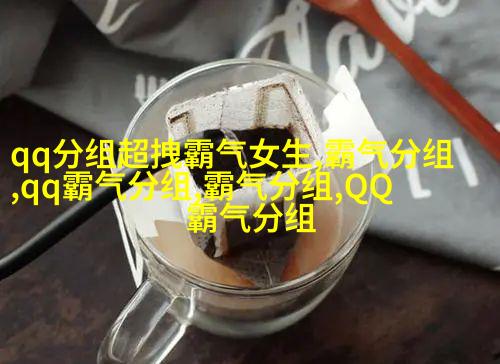Introduction

In recent years, the world of signature design has witnessed a significant shift towards minimalism. Gone are the days of elaborate and ornate designs; instead, simplicity and subtlety have become the hallmarks of modern signatures. This trend is not limited to any particular industry or demographic; it has transcended boundaries to become a global phenomenon. In this article, we will delve into the reasons behind this trend and explore its implications for designers, consumers, and society at large.
The Emergence of Minimalism

Minimalism as a design philosophy is rooted in simplicity and functionality. It emphasizes clean lines, basic shapes, and an absence of clutter. In terms of signatures, minimalism translates into straightforward typography without embellishments or frills. The coldness that comes with this approach stems from its detachment from traditional ornamentation.
Cold Yet Good-Looking Trend

One can argue that there exists a paradox between being "cold" (minimal) and "good-looking" (aesthetically pleasing). However, proponents of minimalist signatures would counter by saying that less often means more when it comes to design impact.
The cold yet good-looking trend in 2021's signatures can be attributed to several factors:

Functionality: With digital communication becoming increasingly prevalent in our daily lives, there is an emphasis on legibility over aesthetics.

Sustainability: As consumers become more environmentally conscious about their choices – including stationery products – simple designs contribute significantly less waste.
Globalization: With international collaboration on the rise across industries – especially creative ones – shared values like simplicity make communication smoother.
Psychological Impact: Simple fonts have been found to elicit feelings such as clarity and trustworthiness among users.
Design Elements Influencing Minimalist Signatures
Some key elements contributing to this rise include:
Sans-Serif Fonts: These typefaces are characterized by their lack of decorative flourishes at the ends or feet which makes them look cleaner compared to serif fonts.
Monoline Letterforms: Consistent line thickness creates visual coherence while also preventing unnecessary complexity.
Negative Space Utilization: Leaving empty space around letters allows for better readability even when text size increases.
4.Color Schemes: Neutral colors such as black/white or grayscale palettes create balance but do not distract from content.
Conclusion & Future Prospects
As we move forward into an increasingly digitized future where communication happens rapidly through various mediums like emails/social media posts/newsletters etc., we see no signs suggesting otherwise than minimalist signatures remaining popular due largely because they excel under these circumstances thanks their adaptability & versatility combined with environmental benefits offered by them since they require fewer resources during production process thus saving trees ultimately leading us towards greener environment further emphasizing importance given sustainability factor while choosing designs related things hence overall maintaining balance between functionality aesthetics sustainability psychological appeal amongst other aspects making them highly sought after choice within graphic designers communities worldwide ensuring long-lasting presence throughout coming years ahead too!
